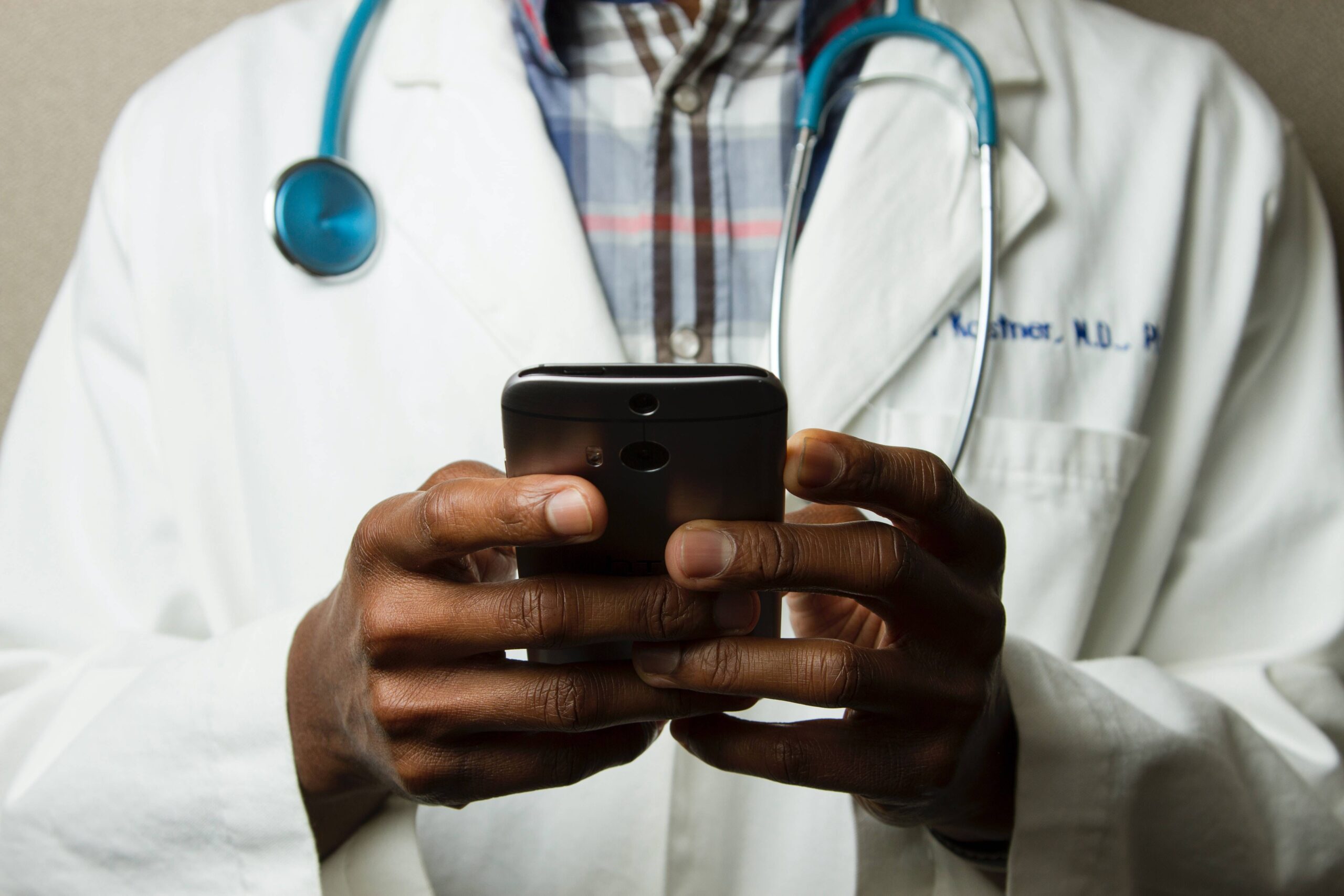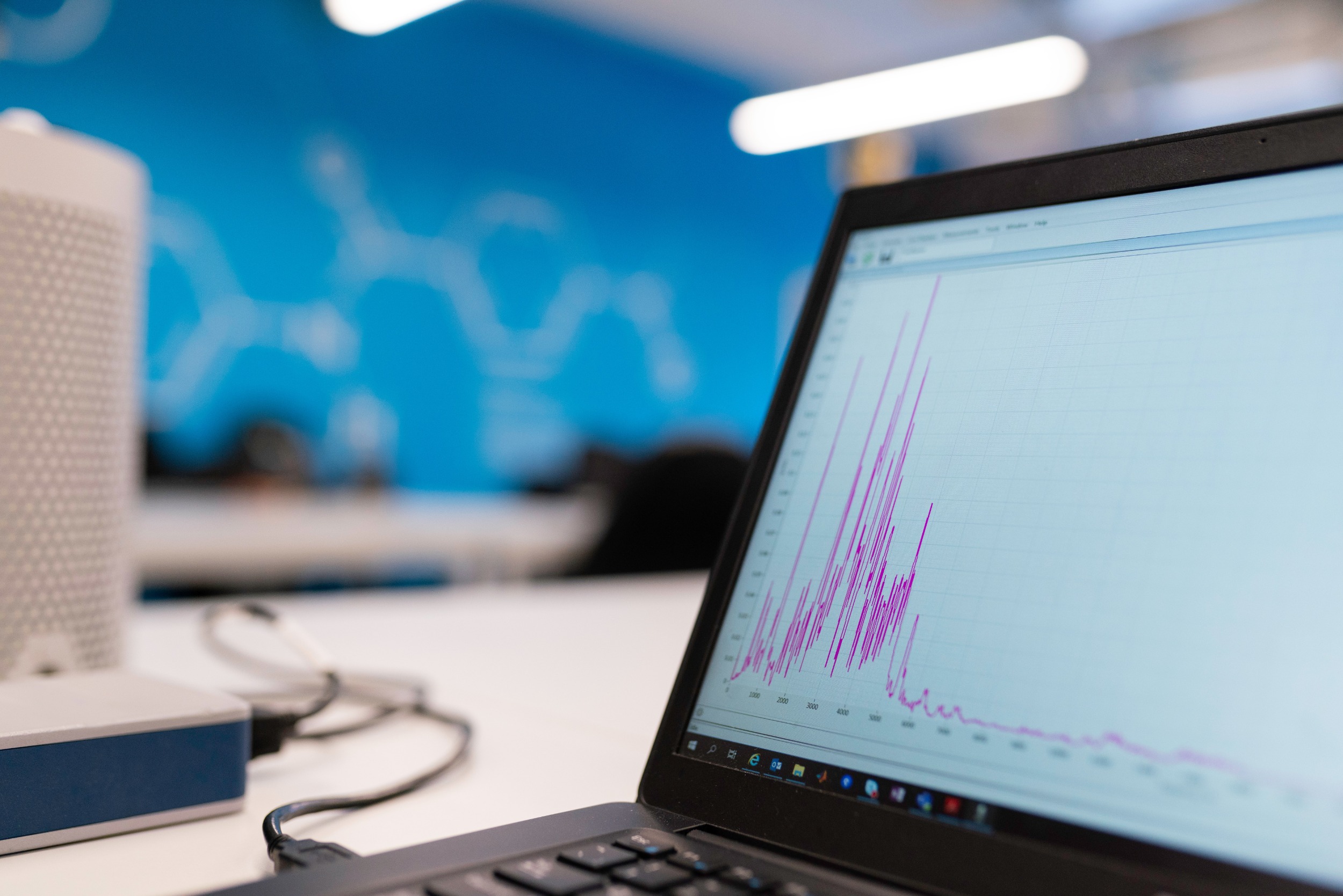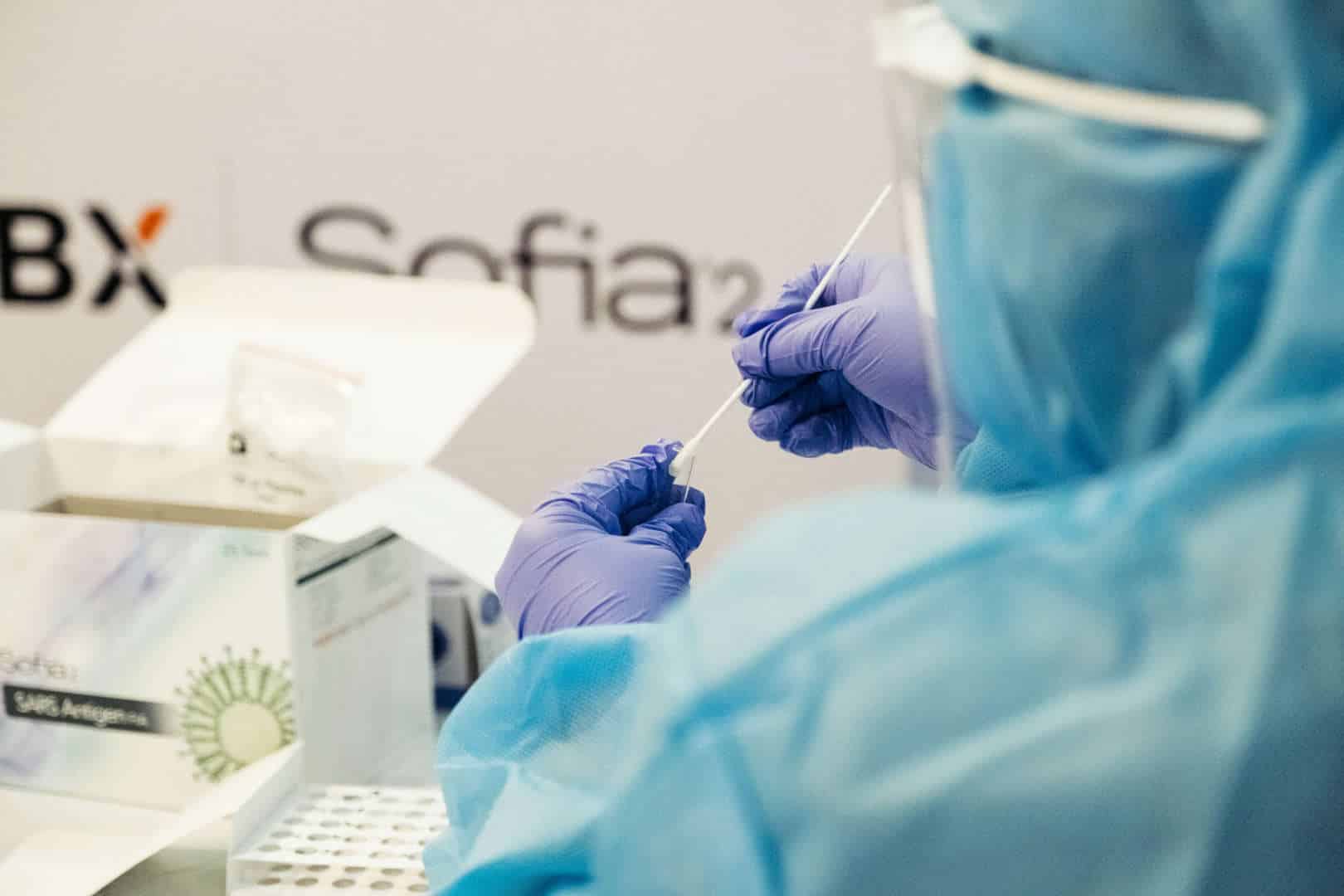A Beginner’s Guide to Clinical Evaluation for SaMD
If you’re developing a SaMD, then there are a lot of things you need to prove in order to get it onto the market.
Things like: does it work as you’ve stated it should? Does it meet the end-user needs that you have defined? Do you have a plan for post-market surveillance and the ongoing monitoring of the device, including through any software updates?
This is where clinical evaluation comes in as a requirement for your SaMD. It’s important to have a good understanding of it as this will help you to prepare ahead to meet regulatory requirements. This beginner’s guide outlines some key points you need to know:
What is clinical evaluation?
The definition of clinical evaluation from the FDA guidance for SaMD is:
“The assessment and analysis of clinical data pertaining to a medical device to verify the clinical safety, performance and effectiveness of the device when used as intended by the manufacturer.”
For SaMDs, clinical evaluation is described as an ongoing set of activities to assess “clinical safety, effectiveness, and performance as intended by the manufacturer in the SaMD’s definition statement.”
Clinical evaluation is often mixed up with clinical investigation (or clinical trial), but the two are quite separate. Clinical evaluation is a review to determine whether there is enough evidence to show that the SaMD conforms with regulatory requirements. The evaluation might conclude that clinical investigation, where trials are run on patients or via lab testing, is required as part of this evidence. Alternatively, the evaluation could be based on existing data for the same or similar intended use.
The FDA expects to see a robust clinical evaluation plan that is in line with the risk category of your device. If it is determined that your device fits in a high-risk category (for example, any software where a failure may cause injury or death), then the FDA may decide that your clinical data requires an independent review.
What are the requirements for clinical evaluation of SaMD?
There are three main goals of clinical evaluation that SaMD are required to meet:
1. Valid clinical association of a SaMD. This means that you must be able to prove a valid association between the output of your SaMD and its targeted clinical condition. The guidance document states: “valid clinical association, also known as scientific validity, is used to refer to the extent to which the SaMD’s output (concept, conclusion, measurements) is clinically accepted or well-founded (based on an established scientific framework or body of evidence) corresponds accurately in the real world to the healthcare situation and condition identified in the SaMD definition statement.”
What can you use to prove valid clinical association? Evidence such as original clinical research, literature reviews, clinical trials, secondary data analysis, and professional society guidelines.
2. Analytical/Technical validation of a SaMD. The question posed in the guidance for this is: “does your SaMD correctly process input data to generate accurate, reliable, and precise output data?”
You need to be able to provide objective evidence that your software has been correctly built. That evidence should show that it reliably and correctly processes input data to generate accurate output data. The whole process needs to be reliably reproduced and data integrity is a key concern.
The FDA guidance states that during analytical and technical validation you must demonstrate that (a) the software meets its specifications and (b) the software
specifications conform to user needs and intended uses.
This step is evaluated during software validation and verification, which you can read more about in IEC 62304. As you go through the steps of implementing your QMS, you’ll find you can generate your analytical evidence.
3. Clinical validation. The question that this answers according to the guidance is: “does the use of your SaMD’s accurate, reliable, and precise output data achieve your intended purpose in your target population in the context of clinical care?”
The guidance also states that clinical evaluation can be established by:
a. Referencing existing data from studies conducted for the same intended use;
b. Referencing existing data from studies conducted for a different intended use, where extrapolation of such data can be justified; or
c. Generating new clinical data for a specific intended use.
Clinical validation is expected to be carried out both during the development (or pre-market) phase, and as part of post-market surveillance, while the SaMD is in-use.
What clinical evaluation activities can developers pursue?
How can you generate the evidence you need to support your clinical evaluation report? One thing to do is work with regulators early on to ensure you won’t be surprised by what they request as evidence later.
For example, in some cases, SaMD developers are working with a condition that is rare. They might need to request that they can work with the limited cases that they have and provide data as the software is being used on a post-market basis. There have been examples of SaMD getting approved like this, but it requires engaging with the FDA early on and presenting them with any data you already have to show that gathering evidence post-market won’t present undue risk.
Data isn’t always about what you uncover from similar devices, literature, or clinical studies. It could be related to complaints or user data that you capture as part of your quality management system. This is again, something to map out early on as you engage with the FDA.
What are your post-market surveillance obligations?
All SaMD need ongoing post-market surveillance. This can look at “real-world evidence” from the use of your device, including user data, complaints, and any adverse events.
The most successful companies tend to be proactive about post-market surveillance and collect a broad dataset, enabling them to make any changes as expediently as possible. It’s better to err on the side of proactivity, rather than having to be reactive to adverse events.
Real-world use can present a whole different set of data that wasn’t present during any pre-market testing. For example, you might find that people with particular comorbidities are more likely to suffer an adverse event. You wouldn’t necessarily be able to see this pre-market if you didn’t have a significant group with those comorbidities.
Final thoughts
It’s important to work to develop your own strategy to present to regulatory bodies for clinical evaluation of your SaMD. You can drive how your own clinical evaluation will work, in fact, that’s usually better than asking because it gives you more say.
You just need to be able to show objective evidence as to why your plan is sufficient to gather the data needed for proper clinical evaluation. If you’re new to SaMD, it can be a good idea to work with an experienced consultant to help ensure you have a plan that FDA will like.
Finally, if connectivity is a major component of your SaMD, you’ll need to show that you maintain data integrity through gathering, transmitting, and storing that data. Cloud connectivity requires an ongoing commitment to maintenance and meeting rigid requirements for data integrity.
Galen Data invites you to try our cloud connectivity platform for SaMD and other medical devices. Our platform is cost-effective and compliant with the FDA, MDD, and Health Canada regulations. Schedule your free demo here.








